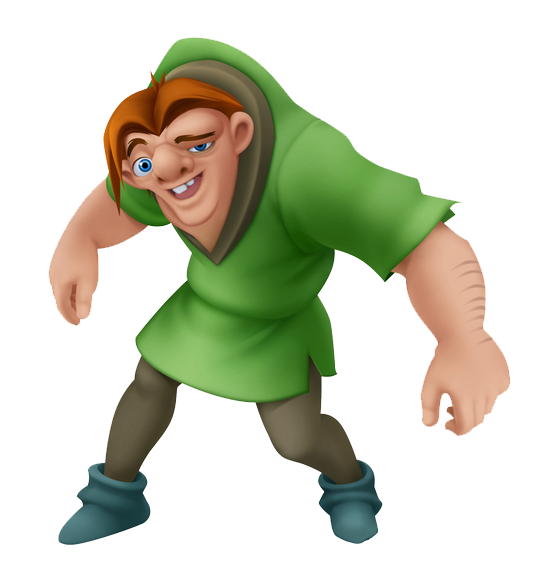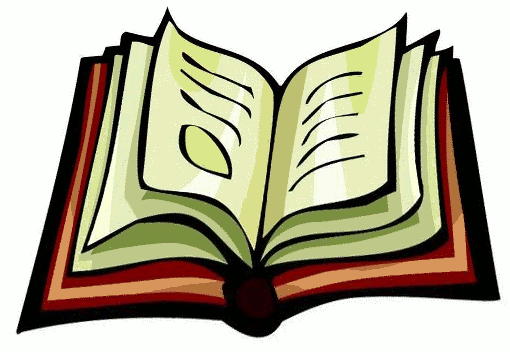
Play this game to check your knowledge.
Here is a video about Menstruation:



|
Openings
|
Closings
|
|
Hi Bill,
Dear Mary,
Hi Steven!
Hey Barbara!
Hello Jill,
|
See you soon!
Love, Mary
All the best,
All my love,
Love and kisses,
Write back soon,
Bye for now!
Bye!
Best,
|


Clothes
|
Accessories
|
Verbs
|
jeans
jacket
dress
swimsuit
swimming
costume
underpants
T-shirt
jumper
sweater
pullover
skirt
trousers
shorts
tights
shirts
blouse
tracksuit
|
sunglasses
scarf
hat
cap
watch
necklace
gloves
tie
bow tie
bracelet
ring
earrings
belt
sandals
trainers
shoes
boots
tights
|
To
wear
To
put on
To
get dressed
To
zip
To
do sth up
To
fasten
To
take off
To
try on
To match |
